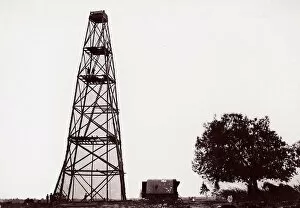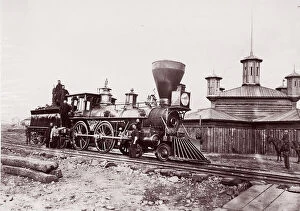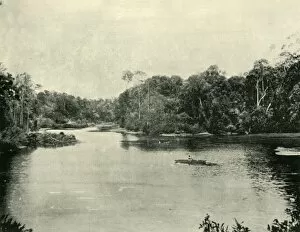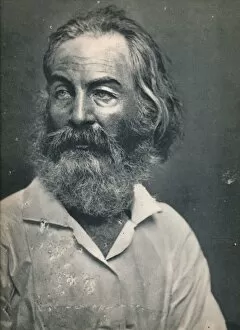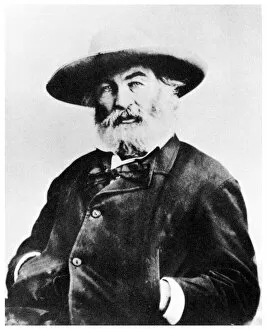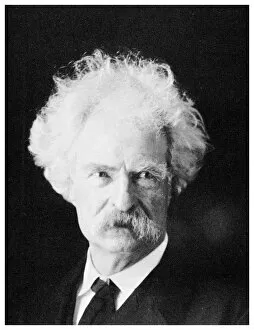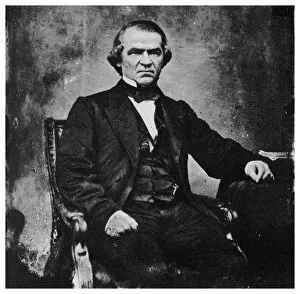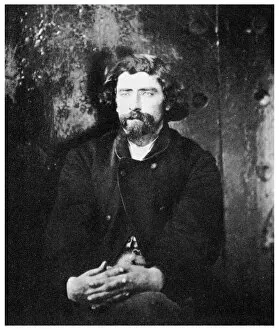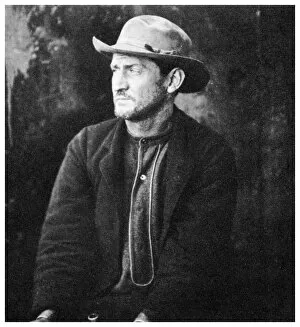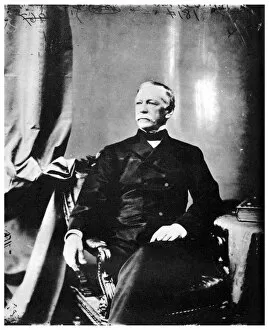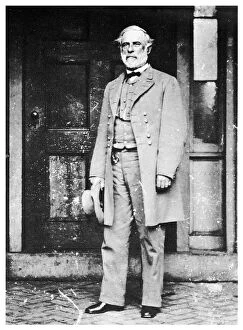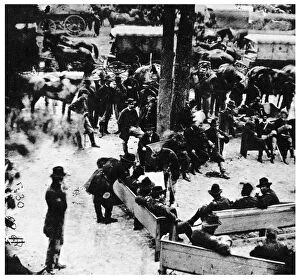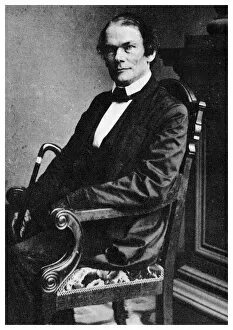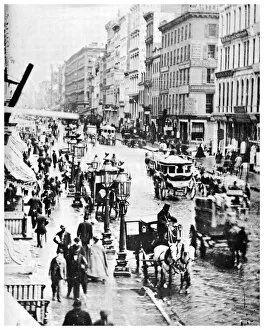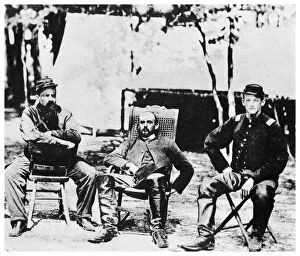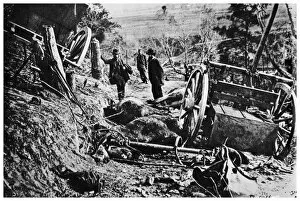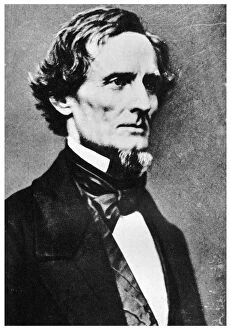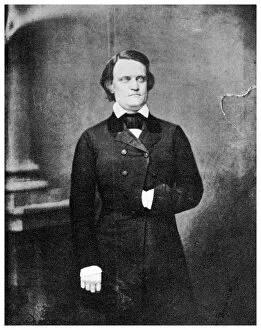Brady Collection (page 6)
"Brady: Capturing History Through the Lens" Matthew Brady, a renowned photographer of his time, immortalized significant figures and events in American history
All Professionally Made to Order for Quick Shipping
"Brady: Capturing History Through the Lens" Matthew Brady, a renowned photographer of his time, immortalized significant figures and events in American history. From Ulysses Grant to Father William Corby of the Irish Brigade during the Civil War, Brady's lens captured their essence. Rev. Hugh Brady, Bishop of Meath, also found himself under Brady's gaze as he stood alongside other chaplains at Harrison's Landing in Virginia. The photograph serves as a reminder of the spiritual support provided to soldiers during this tumultuous period. Even military leaders like General William Tecumseh Sherman and George Armstrong Custer were not exempt from being subjects for Brady's camera. These images offer glimpses into their lives and contributions to shaping America. As an 18th President of the United States, Grant donned his lieutenant general uniform when photographed by Brady. This portrait showcases both his military prowess and presidential authority. Not limited to political or military figures alone, Sioux chiefs such as Red Fox and Bearskin were also captured through Brady's lens. Their portraits provide insight into Native American culture during a time marked by conflict and change. Brady even turned his attention towards influential politicians like Thaddeus Stevens who played a crucial role in shaping America's future through legal means. His photograph stands as a testament to those who fought tirelessly for justice. Robert E. Lee, one of the most prominent Confederate generals during the Civil War era, was not immune to being documented by Matthew Brady either. The image offers viewers a glimpse into Lee's persona beyond battlefield strategies. Beyond politics and war heroes, inventors like Samuel Colt found themselves before Brady's camera too. Colt revolutionized firearm technology with his inventions that shaped American history forever. However diverse these individuals may be - from Grover Cleveland serving two non-consecutive terms as President to General Tom Thumb captivating audiences with his small stature - they all share one commonality: Matthew Brady's lens captured their essence, preserving their legacies for generations to come.







